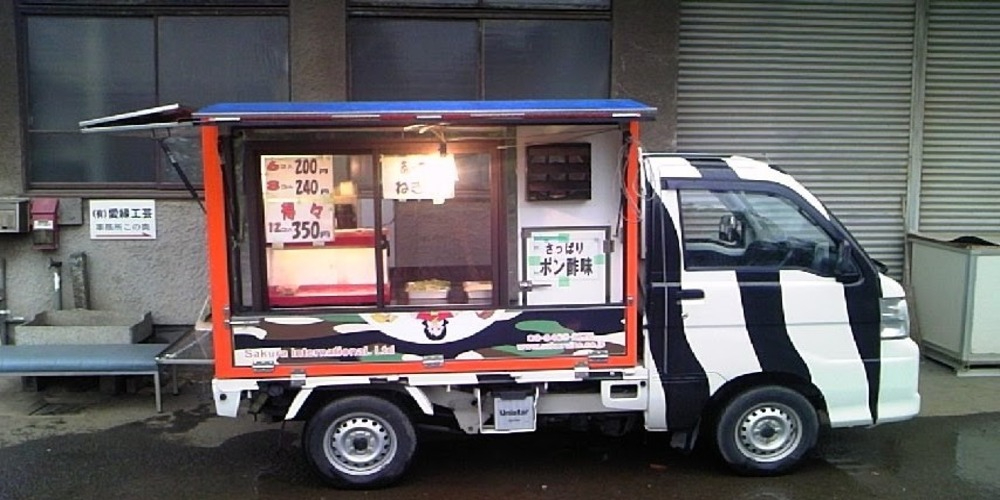If you have an entrepreneurial spirit and a penchant for cooking, but don’t have the capital to open a traditional restaurant, consider opening a mini food truck instead. A food truck is a mobile kitchen that prepares and sells meals to hungry customers. They are mushrooming all across the US, and their popularity is only growing. Due to the high cost of opening a brick-and-mortar eatery, many would-be business owners choose instead to operate out of a food truck.
Costs of launching a Food Truck
The initial investment needed to launch a successful food truck business depends on various variables. Furthermore, there may be additional one-time or location-specific expenses. Purchase of a food truck, register or point-of-sale (POS) system, truck wrap, website development, office supplies, advertising and public relations, and professional, legal, or consulting fees are all examples of one-time startup expenditures. It is a partial list, but it should give prospective food truck operators a good sense of what they may expect to spend initially.
Food Truck Financing
A food truck business is starting; however, securing initial capital might take a lot of work. First, you must work on developing a thorough company strategy. If you want to maximize your chances of being approved for a business loan, you must have excellent personal and business credit. If you’re looking for money to start a food truck business, try some of the more novel methods presented below. A business strategy is essential for the success of any food truck. If you’re serious about opening a food truck company, this is the first thing you need to do. To get your firm off the ground, you’ll need to capture the attention of investors, secure finance, and publish this paper. These components should all be present in your company strategy.
One-Page Synopsis
Your firm’s executive summary summarizes your whole business plan and should be presented to potential investors. Since the plan’s specifics are covered elsewhere, the executive summary can afford to be brief.
An explanation of the business.
Introduce yourself and your business here. Specify the specific needs you’re meeting and the advantages you provide over similar businesses.
Investigation of the Market.
You’ll want to describe your ideal clientele here, along with the products or services you’re offering, the market niche you’re hoping to break into, the geographic region you’re aiming at, and any other pertinent information. This component also needs to show that you have researched and understand the local food industry where your firm will operate.
Management and administration.
The next step is to describe your company’s formal business structure (e.g., sole proprietor, LLC, partnership). Please include a list of the company’s owners and their respective ownership percentages. If you have a management team, you should provide that, too, along with their bios, education, and work history.
Sales and promotion.
It is where you can provide more detail on how you intend to promote your business. Outline your strategy for getting the word out about your company, including the many promotional tools you’ll employ and detailing how you’ll differentiate yourself from the competition. Your sales plan, including menu prices, required minimum sales to be in operation, and seasonal trends that may affect sales, should also be detailed here.

